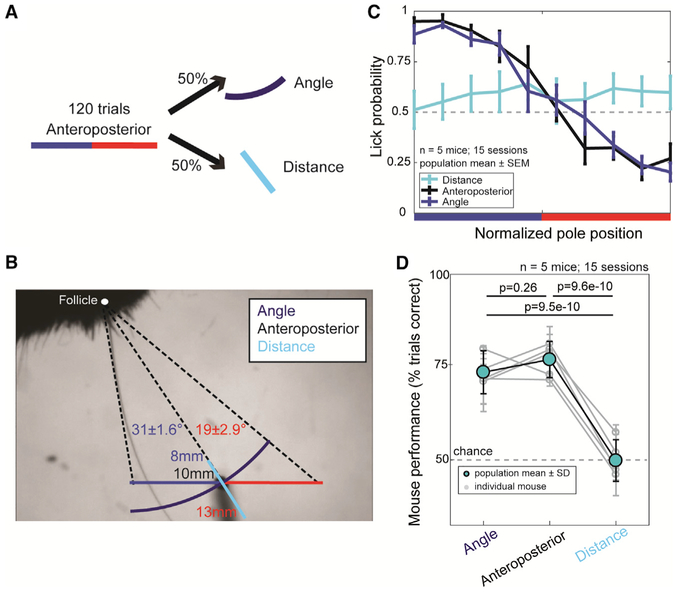Figure 6. Mice Discriminate Location Using Features Correlated to Azimuthal Angle Rather Than Radial Distance.
(A) Task design. After 120 trials of anteroposterior pole presentation, angle or distance trials were presented with 50% probability.
(B) The angle presentation positions (blue) held distance to the discrimination boundary constant while varying azimuthal angle across the anteroposterior task range. The distance presentation positions (cyan) held azimuthal angle fixed to the discrimination boundary angle while varying distance across the anteroposterior task range. Go positions spanned a range of 31° ± 1.6° or 8–10 mm distance, and no-go positions spanned 19° ± 2.9° or 10–13 mm distance.
(C) Mean psychometric performance curves ± SEM for each class of trials across the population (n = 5 mice, 15 sessions).
(D) The mean performance for angle trials was not significantly different from anteroposterior trials (p = 0.26; one-way ANOVA). Distance trials performance was at chance and significantly different from the anteroposterior and angle task (anteroposterior p = 9.6e–10, angle p = 9.5e–10; one-way ANOVA [F-value, degrees of freedom = 96.5, 36]). Bars represent SD.

